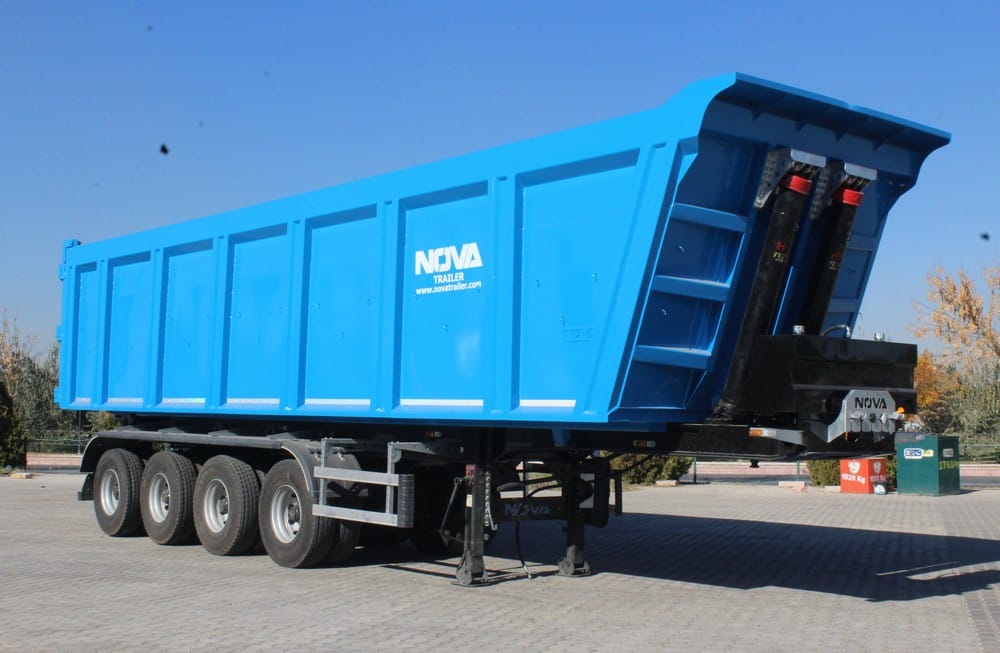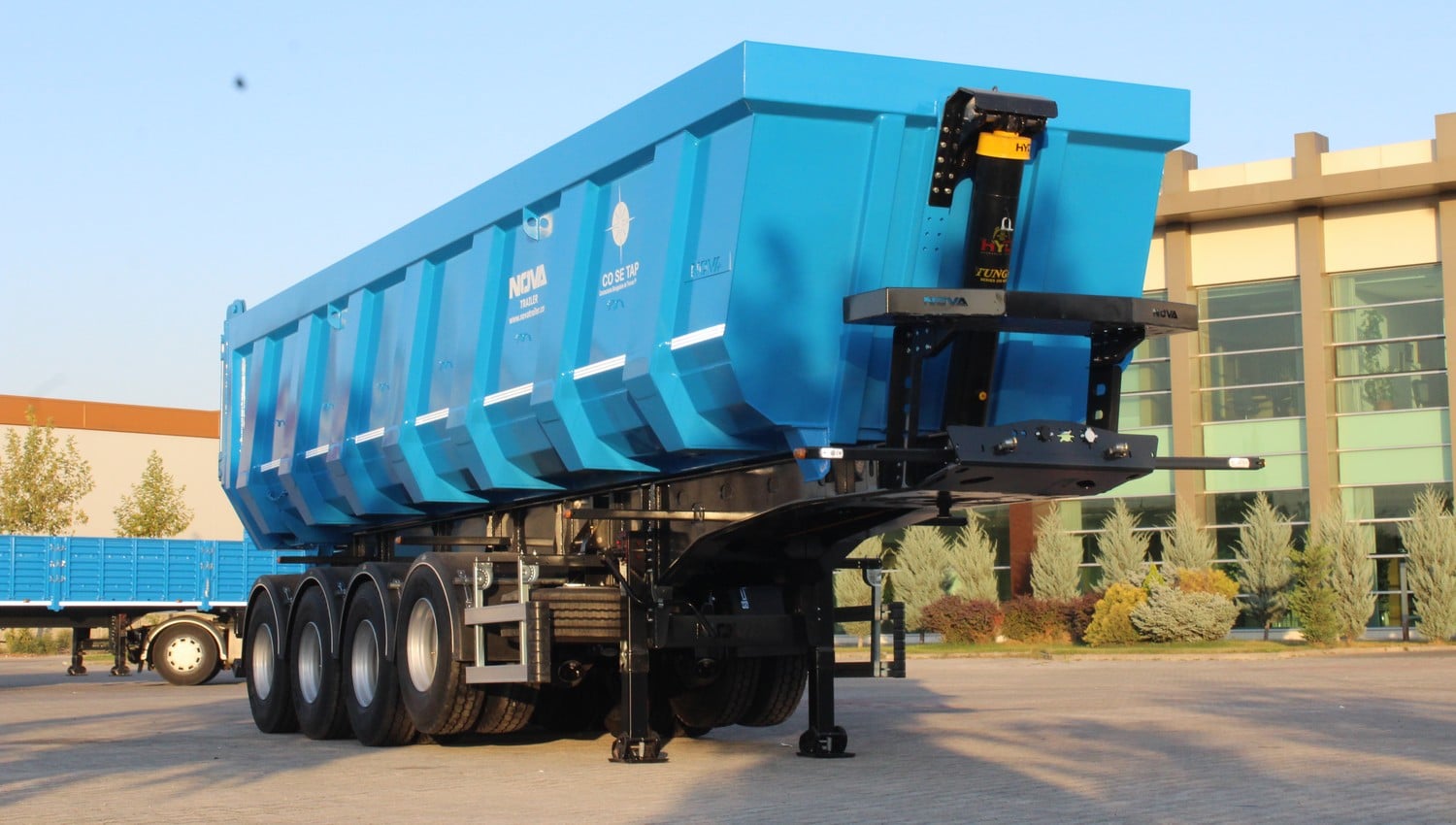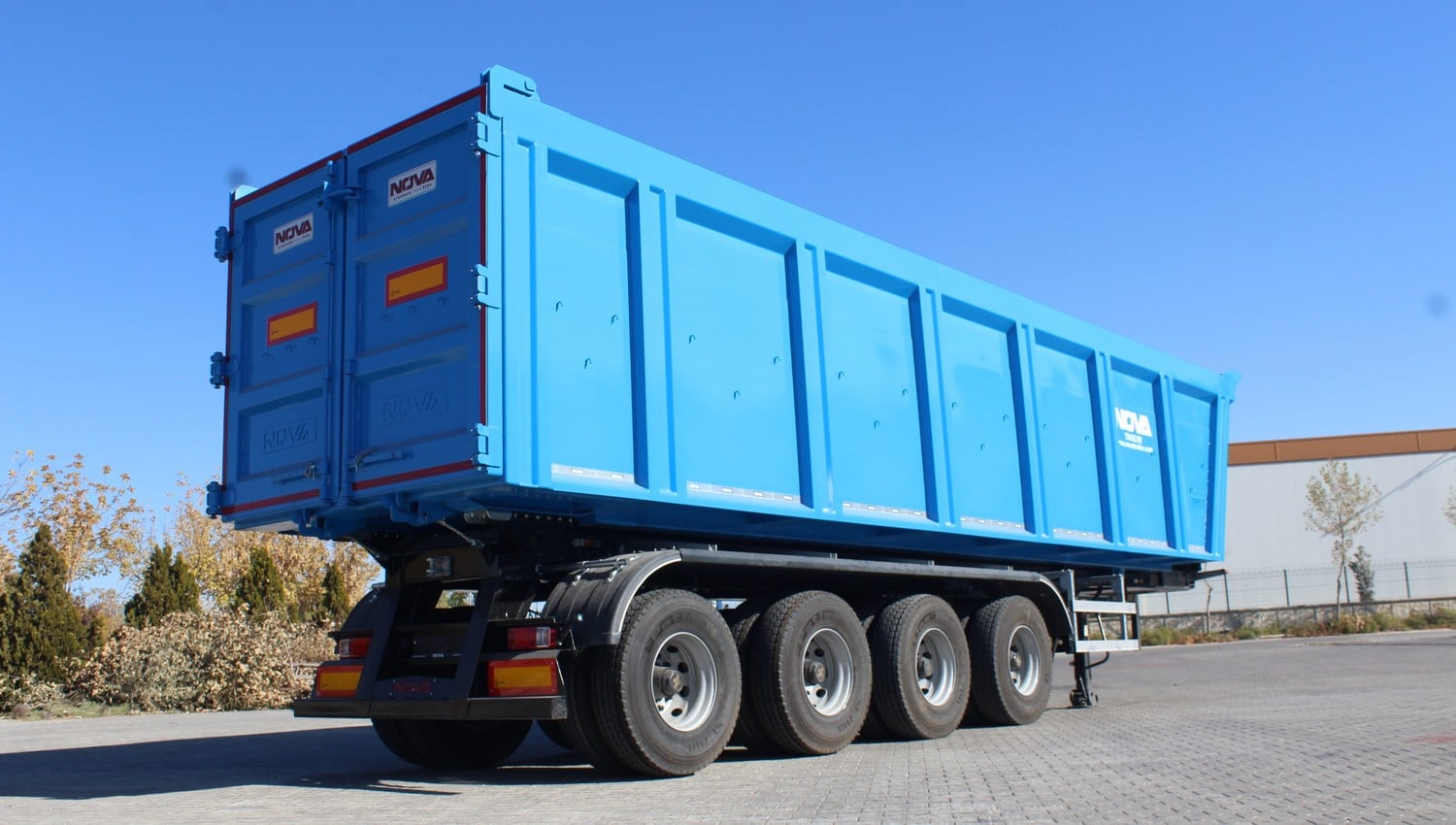- Where Tipping Trailer Used For?
- Grain, Sand, Construction Materials, Small stones, Asphalt, Bauxite, Manganese, Aggregate, Gravel and more…
- What kind of bucket material must be used on tippers?
- Mostly HB 450 steel is better but according to the load calculations must be done and decide on the best material
- What capacities this tipper can reach?
- According to calcualtion we can make a tipper that can be load 120 tons with 2 cylinders
You can look for more lowbed trailer videos from our Youtube page.
For more of our models please check our semi trailer page.
#TipperTrailer #Kippauflieger #Kippsattelauflieger #Poluprikolice kipera #Kipperopleggers #Semi-remorquesbennes #Návěsysklápěcí #Sættevognedumpere #Kalluridpoolhaagised #Kallurpoolhaagised #Semirremolquesvolquetes #semirremolquesbasculantes #Kippipuoliperävaunut #Poluprikolicekiper #Billenősfélpótkocsik #Semirimorchiribaltabili #Savivarčiaipuspriekabės



